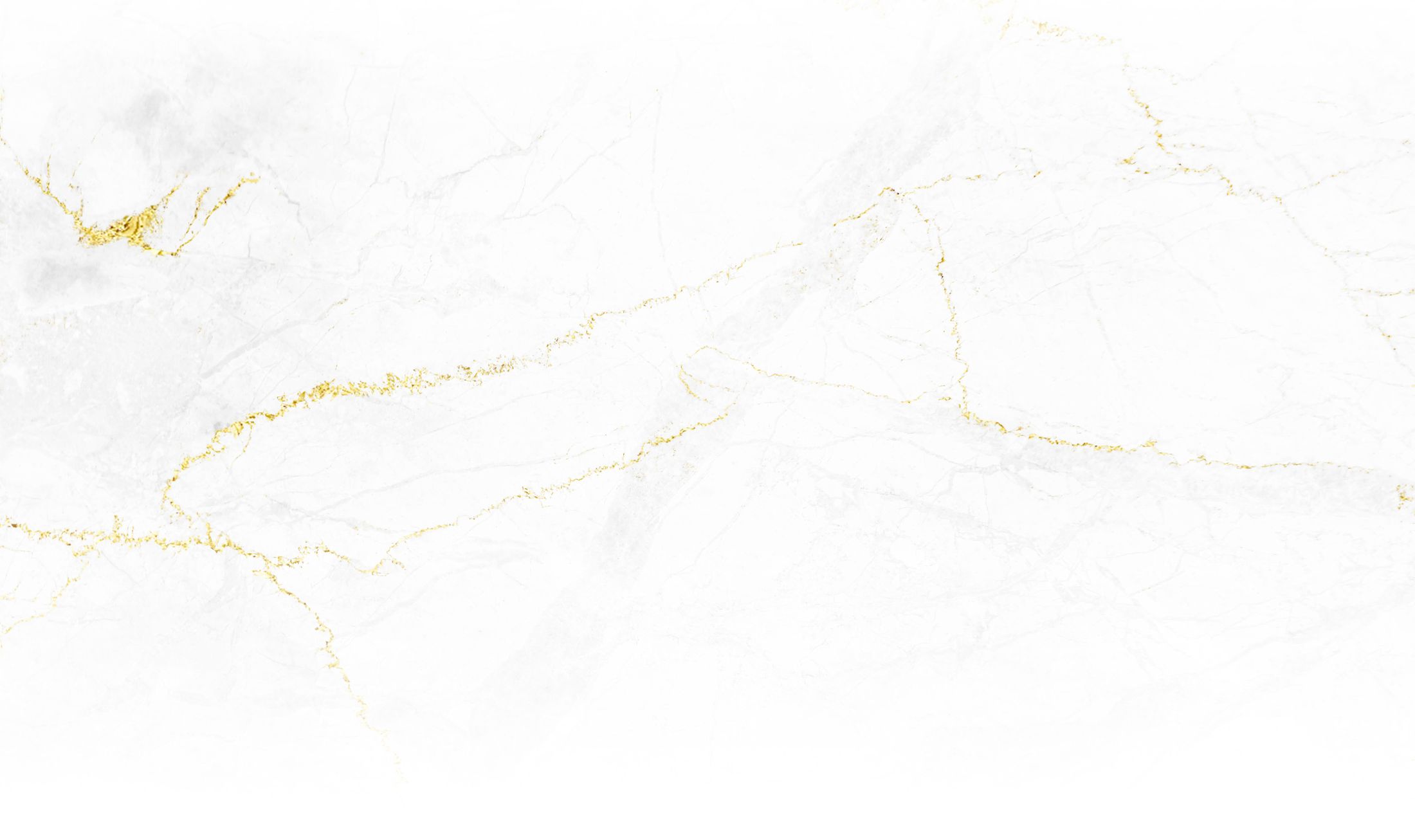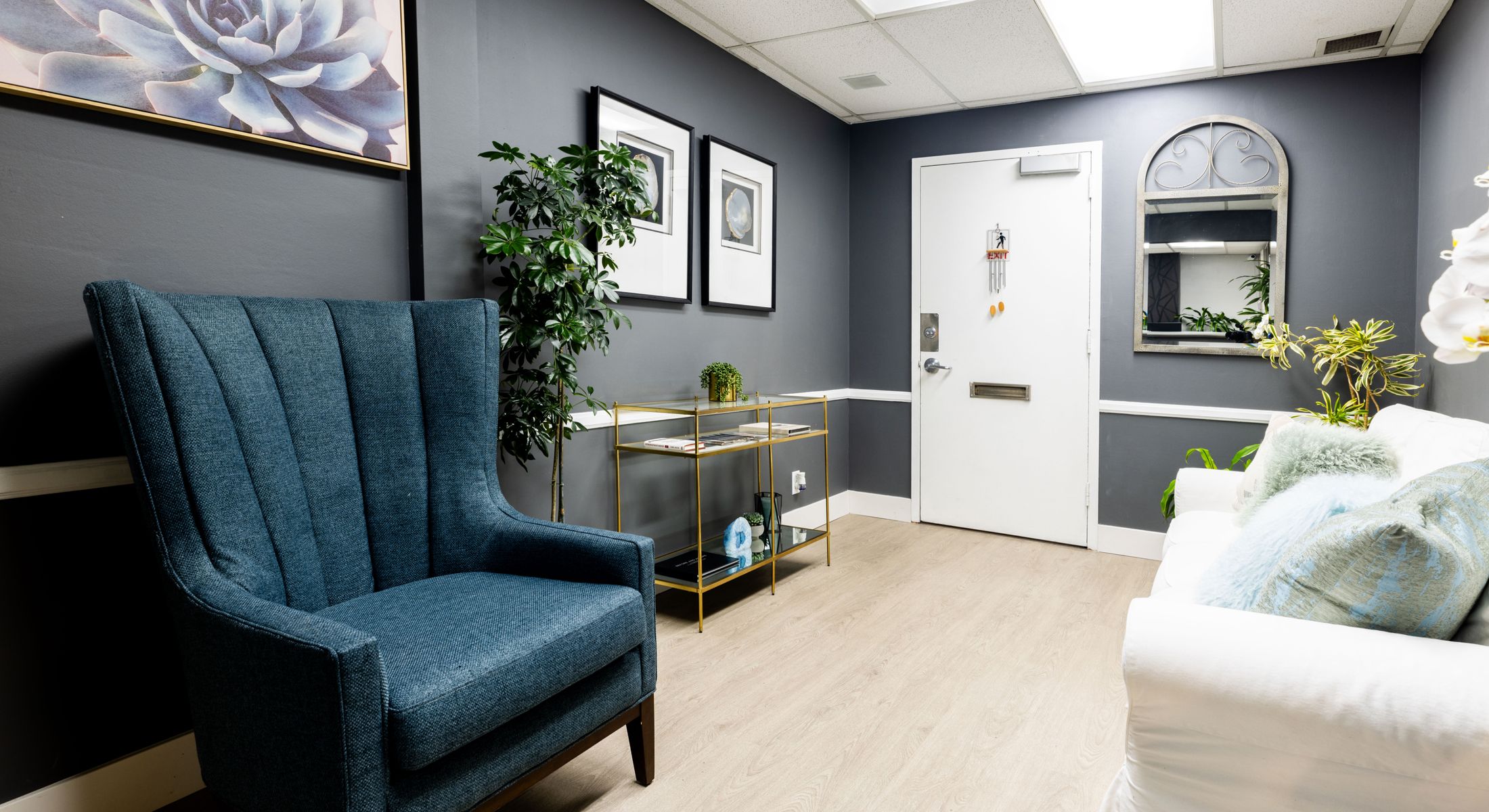




Blood is composed of blood cells and plasma, which contains platelets and stem cells. This cell rich portion is known as Platelet Rich Plasma (PRP). Platelets contain many components, including platelet-derived growth factor (PDGF), bone morphogenic protein (BMP) and transforming growth factor beta (TGF-β), which have been shown to accelerate wound healing and promote the formation of new cells. This has made PRP a valuable adjunct in dentistry because it accelerates post-surgical healing.
PRP and Dentistry
PRP’s ability to stimulate stem cells has made it an effective addition to implant, bone grafting and oral surgery procedures. It can accelerate cell regeneration and has been shown to ensure long term success of implant procedures.
How Does It Work?
PRP is obtained from a small sample of the patient’s own blood. The blood is then centrifuged to separate the plasma (which contains the growth factors) from the red blood cells. PRP uses the body’s own cells, rather than a donor cell, to speed up the healing process. Because such a small sample of blood is required, the patient can have it done during an outpatient procedure (like oral surgery) and does not need to go to the hospital or a phlebotomy lab.
Depending on the procedure, PRP can be used on its own or mixed with bone. PRP on its own can form membranes and plugs so that we no longer need to use synthetic materials. This reduces the inflammation in the body (from the foreign material) and contributes to a more successful surgical outcome. When used with bone grafts (usually from donor bone), it can help the success of the graft or implant due to the growth factor and bone-growing proteins contained in the plasma.
PRP is a safe, convenient procedure and is a beneficial adjunct to surgical procedures. It is not required in every case, but when indicated it promotes faster healing and decreased post-surgical discomfort. Contact our office to see if you would be a good candidate for PRP.